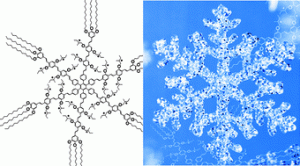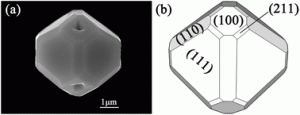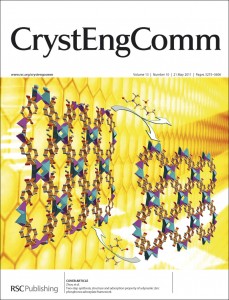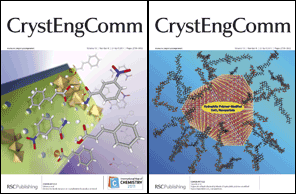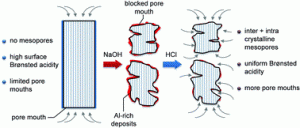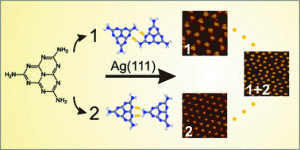 In this CrystEngComm Hot Article, Johanna Eichhorn and colleagues from Munich, Germany study the self-assembly of melem on Ag(111) surface using scanning tunnelling microscopy.
In this CrystEngComm Hot Article, Johanna Eichhorn and colleagues from Munich, Germany study the self-assembly of melem on Ag(111) surface using scanning tunnelling microscopy.
They observe seven different monolayer polymorphs stabilized by intermolecular hydrogen bonds. Porous surface-supported supramolecular monolayers have potential applications as host networks for the inclusion of guests or even as organic templates for the growth of size-selected metal nanoparticles.
Read more for FREE:
Self-assembly of melem on Ag(111)—emergence of porous structures based on amino-heptazine hydrogen bonds
Johanna Eichhorn, Stefan Schlögl, Bettina V. Lotsch, Wolfgang Schnick, Wolfgang M. Heckl and Markus Lackinger
CrystEngComm, 2011, Advance Article
DOI: 10.1039/C1CE05342F, Paper











